
Whether you are setting up your very first tank, you have set up a tank and are now having problems with it, or you have kept many tanks and many fish and are now wanting to learn something new the nitrogen cycle is something you need to know. The nitrogen cycle is most important when first setting up a tank, but it can effect your tank at other times throughout the tanks life.
The Nitrogen Cycle.
Your new aquarium (or your old one for that matter) is a closed ecosystem. There is no place for the wastes to go. In a river they go down river and away from the fish. In the lake they sink to the bottom and the bacteria deal with them there. But in your aquarium your fish are right on top of their own waste. This doesn't mean that you have to start cleaning their tank multiple times a day, or even every day to keep them clean. Instead the wastes go through a process called the nitrogen cycle.
What That Really Means For Your New Tank.
Whether your new tank is one that is brand new, new to you, or just being set up again it contains no helpful bacteria. You add water, substrate, and decorations, but there isn't the bacteria that will consume the ammonia. You have to add the fish and then the bacteria will start to grow. Before the second kind of bacteria will grow there have to be nitrites in the water. This means that there will be a spike in your ammonia levels and your nitrogen levels over the coarse of the next few weeks. It takes 2 to 8 weeks for a tank that is done right to cycle. However, these fluctuations can and do kill fish through what many call the "New Tank Syndrome". So setting up your tank right can make a huge difference in the lives of your fish, how long your tank goes through ammonia and nitrogen cycles, and the overall health of your new tank.
Cycling Your Tank With Fish.
Some people think it is cruel to cycle a tank with fish in it. However, you can't just set up a tank and run it and hope to get the tank cycled. Some run it for months and are disappointed when they kill of their fish. So, the easiest thing that you can do to get your cycle started is to put some fish in there. By following these directions you can cycle your tank safely.
Fishless Cycle.
There are many people who strongly appose cycling your tank with fish in it because it is highly possible that your fish could die. If you are one of them, fear not. There is a way to get your fish tank started and even benefits for doing it this way. If that is what you are wanting to do then check out this article Aquarium Set Up: Cycling Your Tank Without Fish.
Speeding Up Your Cycle.
If you are like me then you want to get past the cycle and fill up your new tank. Well, there is good news for you. If you are looking to get to adding more fish faster then check out the methods for speeding up your cycle at Aquarium Set Up: Speeding Up The Nitrogen Cycle.
Be Careful So You Don't Have To Repeat the Cycle.
You want to make sure that you are careful not to add too many fish too quickly. If you are adding more than three or four fish every two weeks you may cause an increase in your ammonia that is too large for your bacterial colony to take care of which will cause spikes in first your ammonia and then your nitrites (as the ammonia bacteria catch up). You also want to make sure that you avoid adding too many fish for your fish tank. While there are some exceptions, a great rule of thumb is to add one inch of fish for ever gallon of water.
By understanding the nitrogen cycle of your fish tank you will be able to save yourself a lot of time and effort. It is important that you test regularly and have a good idea of where your ammonia, nitrites, and nitrate levels are. If your fish are looking ill, are sluggish, or not eating this is the first place to look for problems.
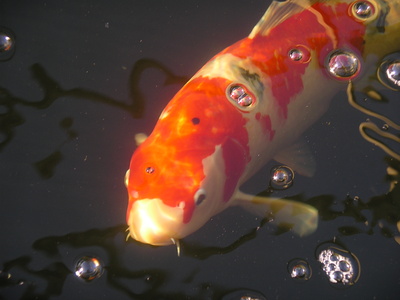 Causes of Pond Fish Sitting on the Bottom of the Pond and Refusing to Eat
Causes of Pond Fish Sitting on the Bottom of t
Causes of Pond Fish Sitting on the Bottom of the Pond and Refusing to Eat
Causes of Pond Fish Sitting on the Bottom of t
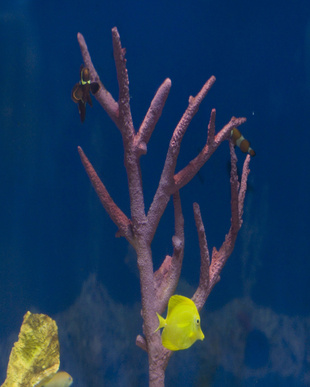 Different Kinds of Fish for Aquariums
Different Kinds of Fish for Aquariums
Different Kinds of Fish for Aquariums
Different Kinds of Fish for Aquariums
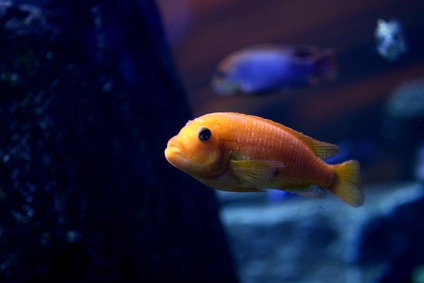 How to Take Care of a Baby Parrot Fish
How to Take Care of a Baby Parrot Fish
How to Take Care of a Baby Parrot Fish
How to Take Care of a Baby Parrot Fish
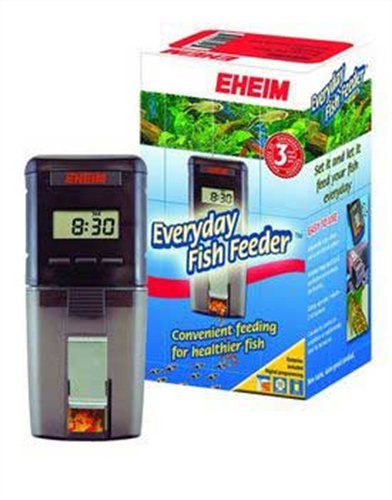 Lets Review Automatic Pet Feeders
One for your Cat or Dog, and
Lets Review Automatic Pet Feeders
One for your Cat or Dog, and
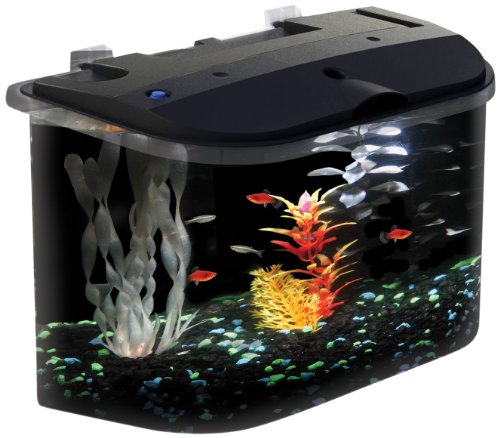 Setting Up a Fish Tank
You have finally purchased a
Setting Up a Fish Tank
You have finally purchased a
Copyright © 2005-2016 Pet Information All Rights Reserved
Contact us: www162date@outlook.com